12 Rare Concept Cars That Never Made It to Production
Concept cars are a fascinating glimpse into the future of automotive design. Automakers often push the boundaries with bold ideas that show off what’s possible, blending technology with creativity. While many of these concepts are meant to showcase innovation or test new ideas, some never make it past the prototype stage. The reasons can range from high production costs to shifts in market demands or even changing brand directions. Despite not reaching the streets, these vehicles hold a certain allure for car lovers and collectors. They stand as unique examples of what could have been, offering insight into the vision of car designers at the time.
This post may contain affiliate links, which helps keep this content free. Please read our disclosure for more info.
Dodge Copperhead

Estimated value: around $500,000
The Dodge Copperhead, first shown in 1997, was designed as a smaller, more affordable alternative to the Viper, featuring a 2.7-liter V6 engine that delivered agile handling. Its sleek, sporty design was intended to make it an ideal entry-level roadster, appealing to car enthusiasts who sought a balance between performance and price. The concept was presented as a compact and accessible roadster with a lightweight build, weighing just 1295 kg.
Despite its promising concept and design, the Dodge Copperhead was ultimately shelved by Chrysler due to issues with production costs and the perceived market for such a vehicle. It never reached production, but the concept remains highly valued among collectors today for its rarity and design innovation. Its status as a never-produced car has helped elevate its value on the market.
Mercedes‑Benz C112

Estimated value: about $3,000,000
Introduced at the 1991 Frankfurt Auto Show, the Mercedes-Benz C112 was a futuristic supercar concept featuring a striking gull-wing door design and a powerful 6.0-liter V12 engine. This concept was built to demonstrate the brand’s engineering prowess and vision for luxury and performance. It was equipped with advanced suspension technology and innovative aerodynamic features, making it an immediate standout. The C112 was designed to be a road-going model, but it never made it to production.
Despite this, Mercedes-Benz’s decision to cancel the C112 did not diminish its importance in automotive history. The car continues to be highly sought after by collectors, partly because of its innovative features and the prestige of the brand. The limited number of remaining models further contributes to its high value in the market today.
Bugatti EB 118
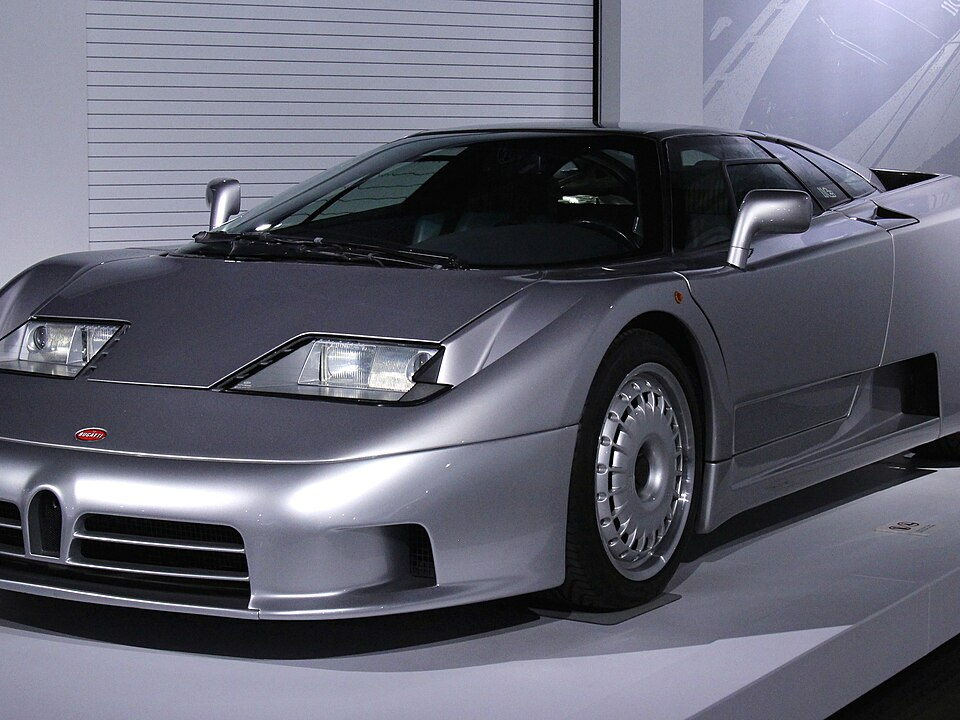
Estimated value: roughly $3,000,000
The Bugatti EB 118, revealed in 1998, was a luxury coupe concept powered by a 6.3-liter W18 engine producing 555 horsepower. Designed by Italdesign, the EB 118 demonstrated Bugatti’s desire to return to the high-performance luxury segment after years of absence. The car’s design combined elegance with extreme performance, using advanced materials and cutting-edge features. Although the car generated excitement, production was never pursued, and the project was ultimately scrapped.
While it was never produced, the EB 118 is seen as an important stepping stone in Bugatti’s history. The concept car was a precursor to the Veyron, and its significance as a design study has made it a collector’s item. The rarity of the EB 118, coupled with Bugatti’s high-end reputation, makes it a highly valuable piece today.
Yamaha OX99-11

Estimated value: around $750,000
The Yamaha OX99-11, introduced in the early 1990s, was an ambitious attempt by Yamaha to enter the supercar market. This concept car was equipped with a 3.5-liter V12 engine producing 400 horsepower and was designed as a mid-engine, two-seat supercar. With its futuristic design, which included an enclosed cockpit and a sleek, aerodynamic shape, the OX99-11 was ahead of its time. However, the high cost of production and limited demand for such a vehicle led to its cancellation.
Despite never seeing production, the OX99-11 has captured the imagination of collectors due to its rarity and the fact that it was one of the few supercar concepts from a company known for motorcycles rather than cars. Its distinct look and the rarity of its remaining models make it a highly desirable item for those seeking unique automotive history.
Dome Zero

Estimated value: approximately $300,000
The Dome Zero was a Japanese sports car concept introduced in 1978 by the Japanese company Dome Co. Ltd. It featured a distinctive wedge-shaped design, mid-engine layout, and cutting-edge technology for the time. Powered by a straight-six engine sourced from Nissan, the car was intended to demonstrate Dome’s capabilities in building high-performance vehicles. Unfortunately, due to high costs and technical difficulties, the Zero was never mass-produced, and only a handful of prototypes were made.
The Dome Zero remains a rare piece of automotive history and a testament to the bold design and engineering ambitions of the late 1970s. Its value is fueled by the fact that few ever saw the light of day, and the remaining examples are highly sought after by collectors of unique and experimental cars.
Bugatti 18/3 Chiron Concept
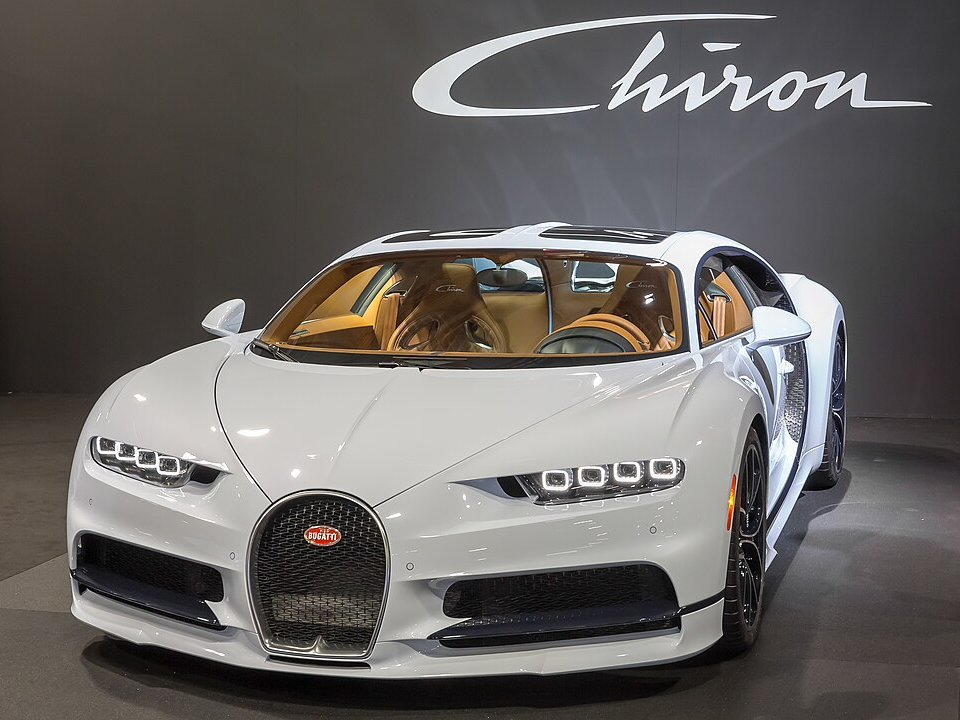
Estimated value: around $1,000,000
The Bugatti 18/3 Chiron, revealed in 1999, was an early concept car that showcased Bugatti’s vision of future supercars. With its 18-cylinder engine configuration and striking design, it set the stage for what would eventually become the Veyron. The Chiron was designed as a luxury sports car with an emphasis on performance, featuring advanced engineering and a bold visual statement. However, despite the hype and the vehicle’s technological promise, the Chiron concept never made it into production.
Today, the Bugatti 18/3 Chiron holds a special place in the automotive world. Although it was never produced, the car’s significance as a design precursor to the Veyron makes it a highly valuable collectible. Its unique W18 engine configuration and the rarity of surviving models make it particularly prized by enthusiasts.
Infiniti Emerg-e
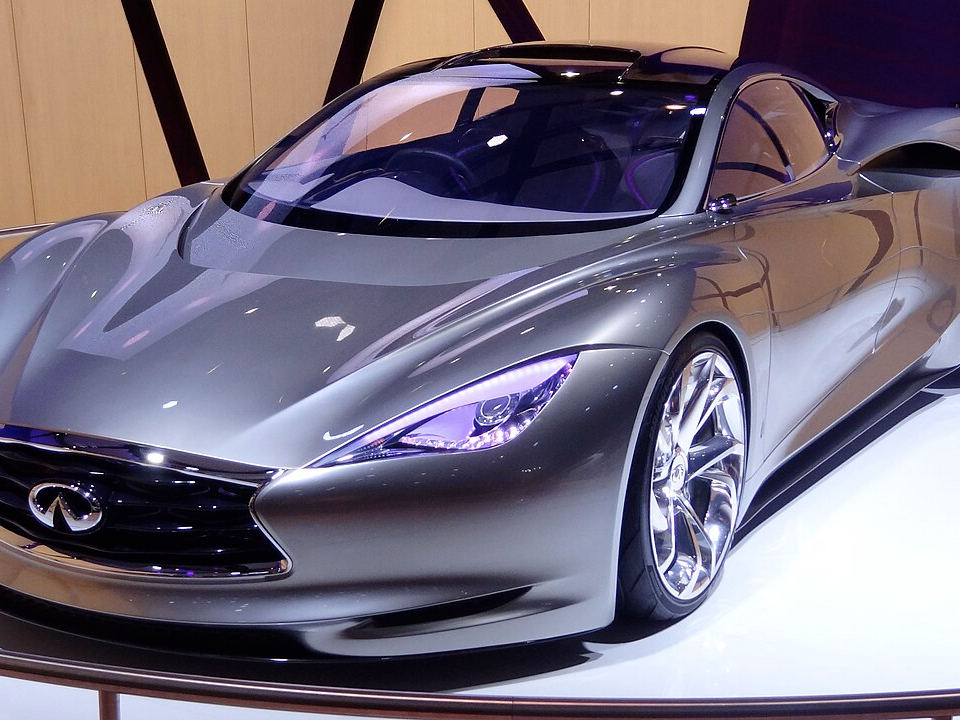
Estimated value: about $400,000
The Infiniti Emerg-e was unveiled in 2012 as a hybrid sports car concept that combined sleek styling with innovative electric propulsion technology. Built in collaboration with Lotus, the Emerg-e featured a mid-engine layout and advanced hybrid powertrain, blending performance and eco-friendliness. Despite receiving praise from the automotive press for its futuristic design and driving dynamics, Infiniti chose not to produce the Emerg-e due to concerns over production costs and market demand.
Though it never made it to showrooms, the Infiniti Emerg-e is still highly regarded by collectors for its cutting-edge design and environmental focus. The vehicle’s hybrid powertrain and sporty styling offer a glimpse of what could have been a successful blend of performance and sustainability in the luxury car market.
Bertone Birusa
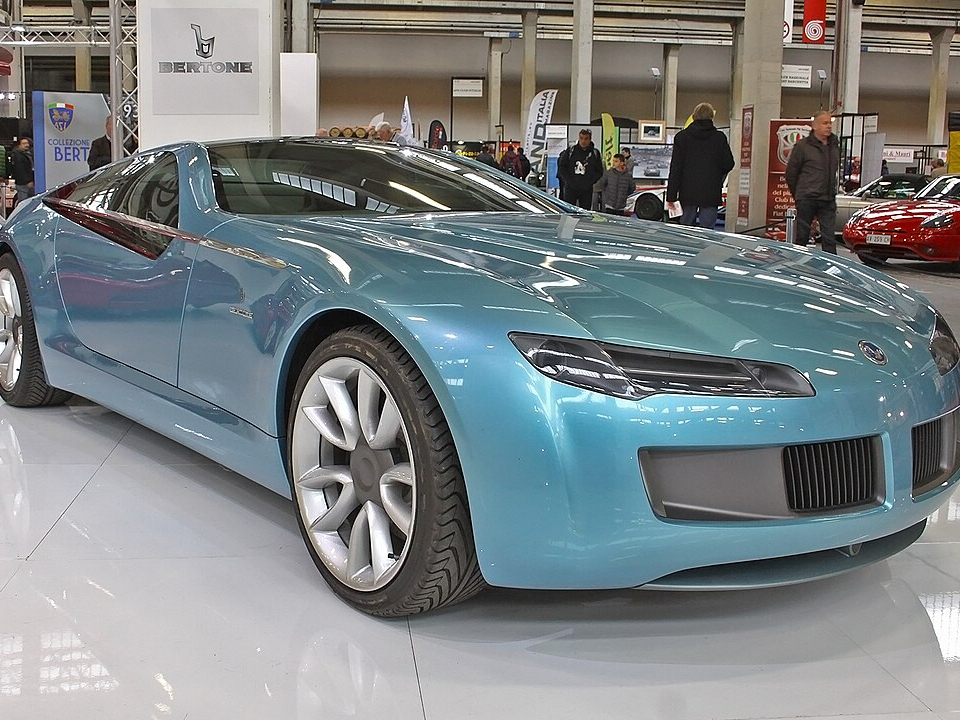
Estimated value: about $250,000
The Bertone Birusa, designed by the renowned Italian design firm Bertone in 2003, was an ambitious concept car built on the BMW Z8 chassis. The Birusa featured striking gull-wing doors, an all-glass roof, and a wide array of advanced features, including night-vision technology and voice control. Despite being shown to the public at major car shows, the concept never made it to production, as it was deemed too unconventional for the market.
As a rare one-off design, the Bertone Birusa holds significant appeal among collectors of unique and experimental cars. Its status as a concept vehicle and the fact that it was crafted by the legendary Bertone firm elevate its value and desirability among enthusiasts of automotive design.
Volvo Philip
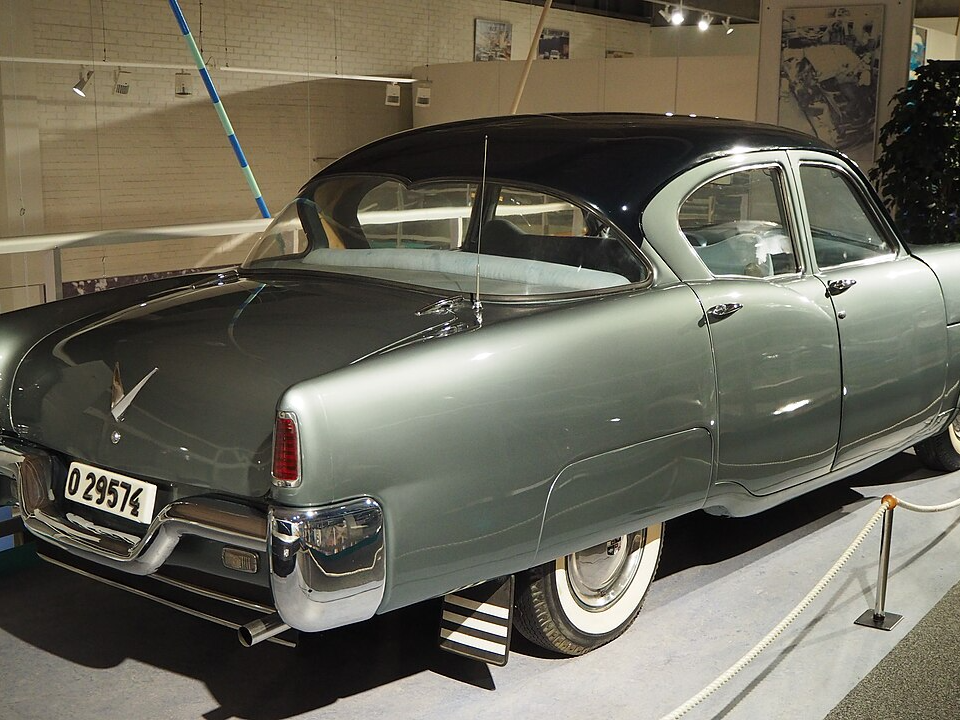
Estimated value: around $200,000
The Volvo Philip was a 1952 concept car designed for the U.S. market. The car was notable for its V8 engine, tail fins, and American-inspired design elements, which were unusual for Volvo at the time. Though Volvo initially intended for it to be produced in limited numbers, the project was scrapped, and only one prototype exists today.
This rare Volvo concept remains an interesting piece of automotive history, as it represents a period when European manufacturers were experimenting with American design trends. Its limited number and historical significance make it a valuable collector’s item.
Peugeot Oxia
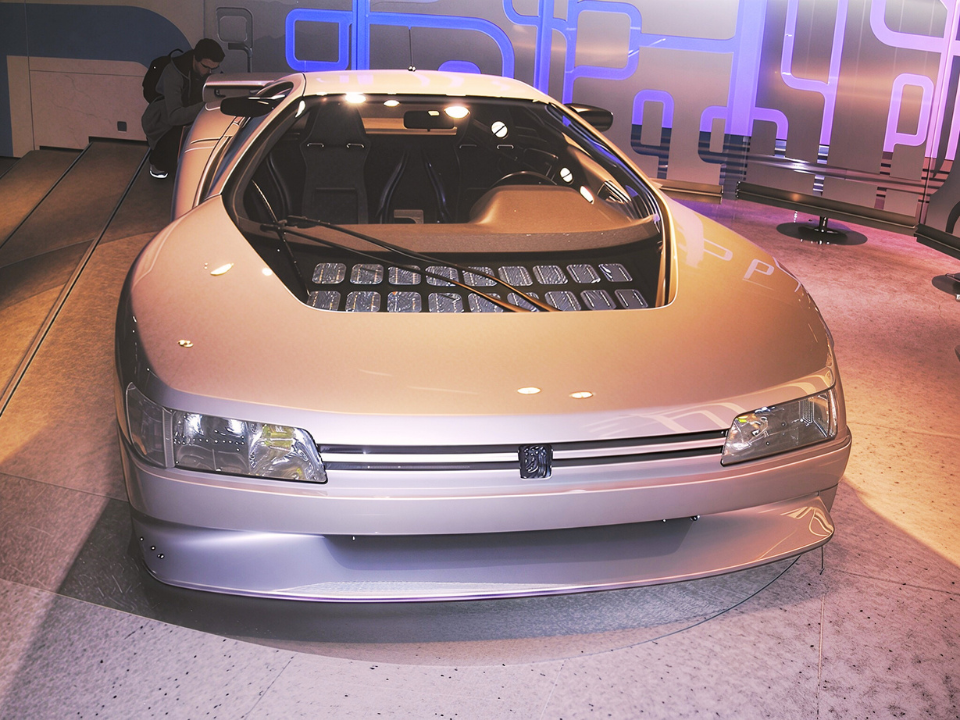
Estimated value: around $1,200,000
The Peugeot Oxia, unveiled at the 1988 Paris Motor Show, was a futuristic concept car with a bold design and exceptional performance potential. It featured a twin-turbocharged V6 engine producing 600 horsepower, which allowed the car to accelerate from 0 to 60 mph in under 4 seconds. Designed as a supercar, it combined high performance with advanced features such as active aerodynamics, a digital dashboard, and unique body styling.
Despite its impressive capabilities, Peugeot never moved forward with production. The Oxia remains a highly coveted concept car due to its innovative engineering and striking design, with collectors valuing it for its rarity and historical significance in the realm of automotive design.
Ferrari 512S Modulo
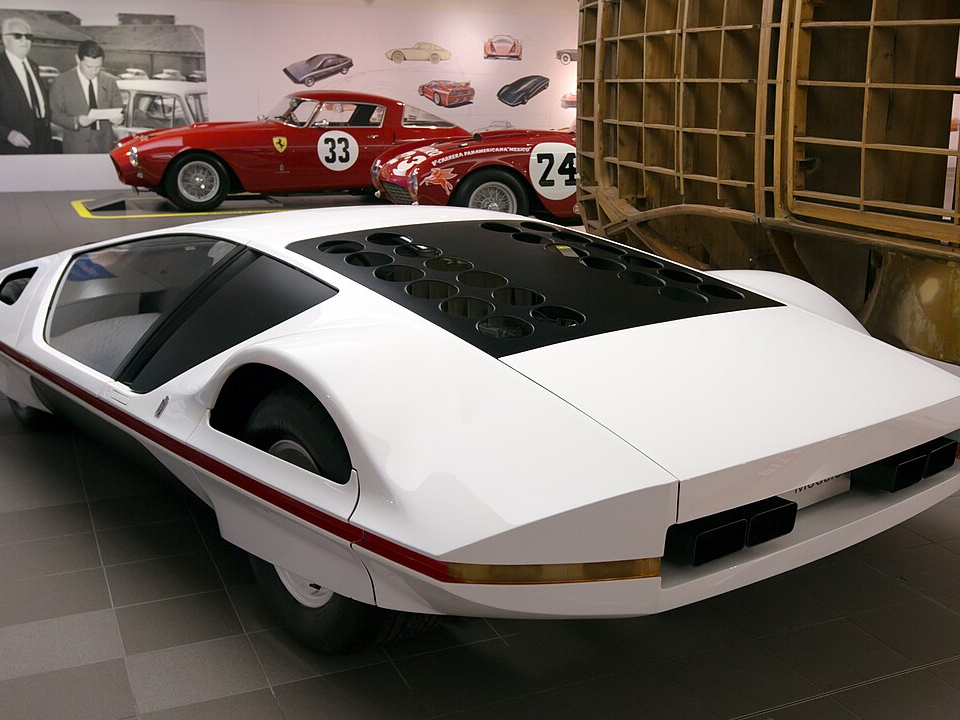
Estimated value: approximately $5,000,000
The Ferrari 512S Modulo, created by Pininfarina in 1970, is one of the most strikingly unconventional cars ever produced by Ferrari. Its design, which resembled a futuristic spaceship, featured a low-profile body, a wraparound windshield, and a unique flat design that challenged traditional car aesthetics. Under the hood, it packed a powerful V12 engine that gave it incredible performance potential, but the car was more a design study than a production vehicle.
Although Ferrari never mass-produced the Modulo, the car remains an iconic symbol of automotive design, and it is often regarded as one of the most beautiful and visionary concepts in the brand’s history. Its rarity, as well as the Pininfarina connection, makes it a highly desirable collector’s item today.
Lancia Stratos HF Zero
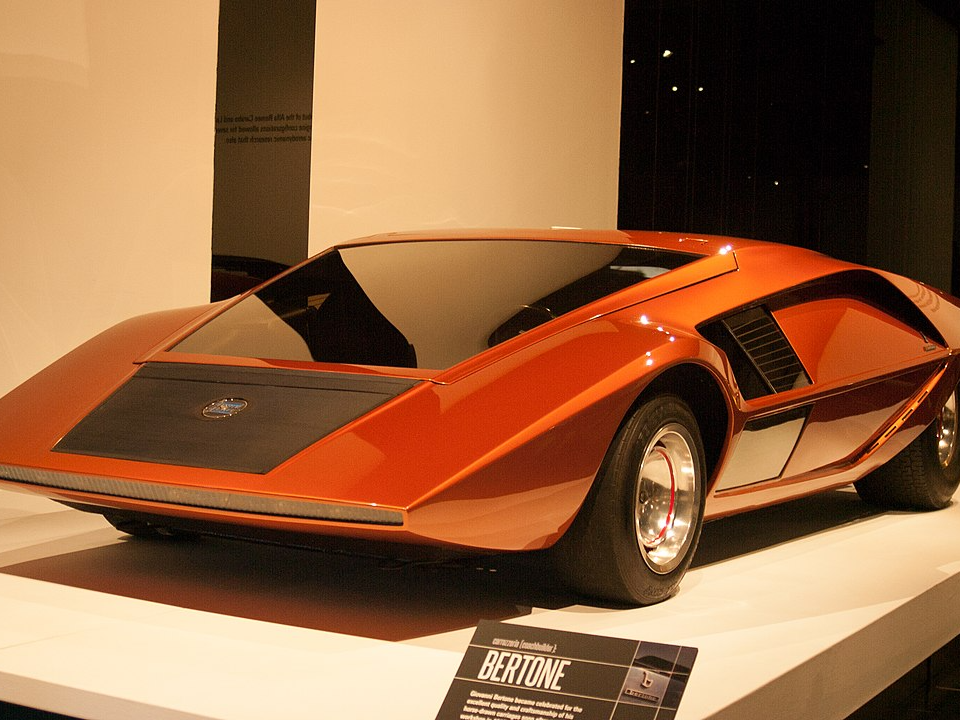
Estimated value: about $2,000,000
The Lancia Stratos HF Zero, first introduced in 1970, was an avant-garde concept car that showcased radical design elements. Featuring a wedge-shaped body and a sharp, angular front, it was one of the first concept cars to embrace this distinctive style that would influence the automotive world for years to come. The concept car was powered by a V4 engine and was intended to demonstrate Lancia’s vision for a high-performance vehicle aimed at both aesthetics and speed.
Though it was never intended for production, the Stratos HF Zero has become a legendary piece of automotive history. Its dramatic styling and its place in the early days of wedge-shaped car designs make it a prized collectible today.
This article originally appeared on Avocadu.
